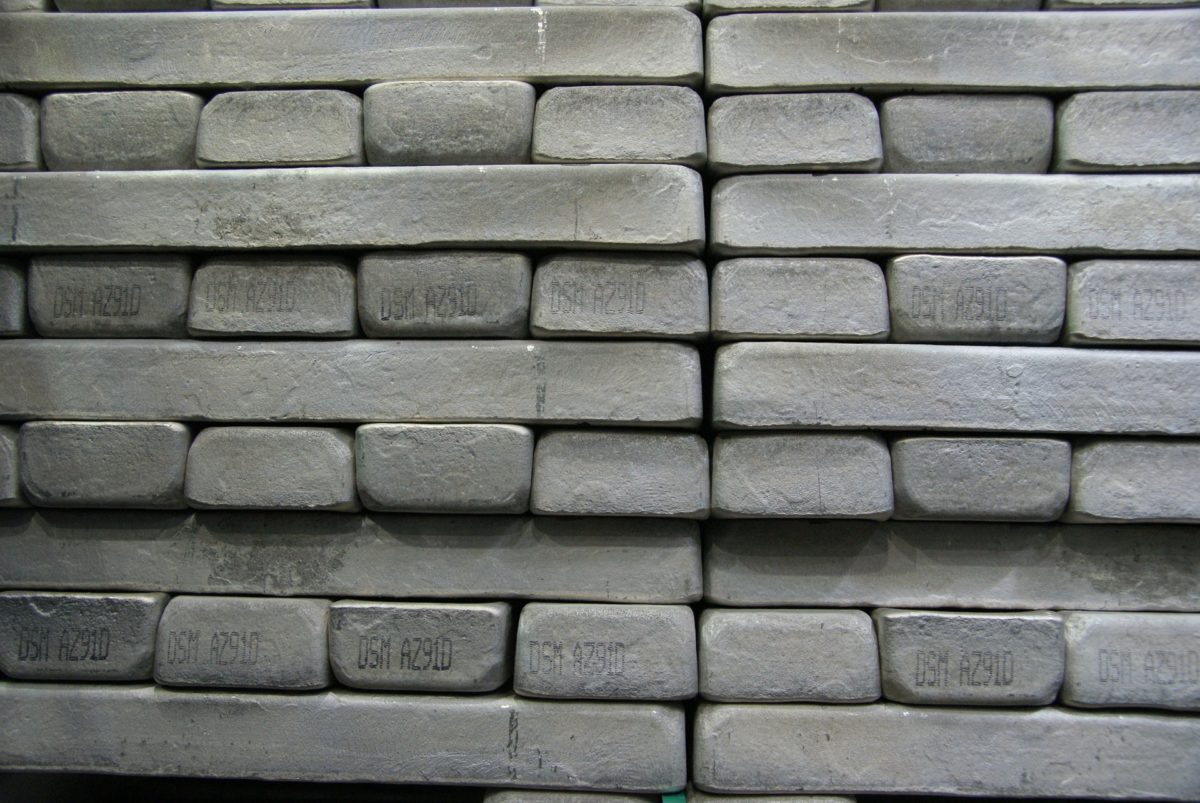Researchers from University College London and the University of Illinois at Chicago are seeking to improve magnesium-based batteries using disordered particles of magnesium chromium oxide (MgCr2O4).
The scientists compared the behavior of 5-nanometer, disordered particles with that of traditional, ordered magnesium chromium oxide material with a thickness of 7nm. Using techniques including X-ray diffraction, X-ray absorption spectroscopy and cutting-edge electrochemical methods the researchers analyzed the materials’ structural changes.
Unconventional structures
The U.K.-U.S. team verified the disordered particles achieved reversible magnesium extraction and insertion – activity which was entirely absent in the ordered crystals.
“This suggests the future of batteries might lie in disordered and unconventional structures, which is an exciting prospect and one we’ve not explored before as, usually, disorder gives rise to issues in battery materials,” said research co-author Jawwad Darr.
The researchers explained, when the two materials were made into electrodes they showed very different electrochemical behavior in a magnesium-ion (Mg2+) ionic liquid electrolyte at a moderate temperature of 110 degrees Celsius. “The anodic activity of the ordered nanocrystals was attributed to surface reactions, most likely involving the electrolyte,” the researchers stated.
Early stage
The scientists acknowledged using magnesium as a cathode remains a challenge to bringing the technology to mass production but they also defined their discovery as a significant development in moving towards magnesium-based batteries.
The researchers claim magnesium metal anodes may represent a serious alternative to low-capacity carbon anodes in lithium-ion batteries. The latter are often responsible for short circuits and fires.
The new cathode materials are described in the paper Tailoring the electrochemical activity of magnesium chromium oxide towards Mg batteries through control of size and crystal structure, published in Nanoscale.
This content is protected by copyright and may not be reused. If you want to cooperate with us and would like to reuse some of our content, please contact: editors@pv-magazine.com.




By submitting this form you agree to pv magazine using your data for the purposes of publishing your comment.
Your personal data will only be disclosed or otherwise transmitted to third parties for the purposes of spam filtering or if this is necessary for technical maintenance of the website. Any other transfer to third parties will not take place unless this is justified on the basis of applicable data protection regulations or if pv magazine is legally obliged to do so.
You may revoke this consent at any time with effect for the future, in which case your personal data will be deleted immediately. Otherwise, your data will be deleted if pv magazine has processed your request or the purpose of data storage is fulfilled.
Further information on data privacy can be found in our Data Protection Policy.